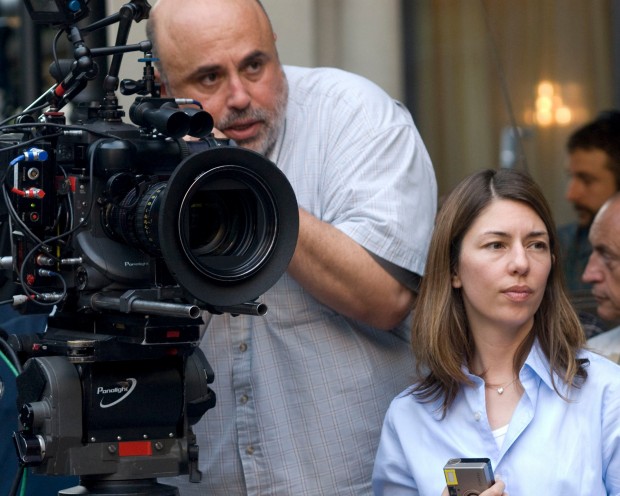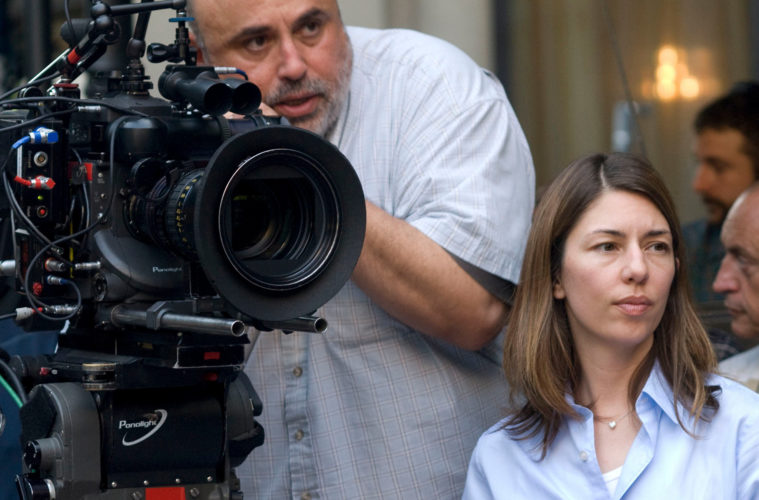
Dailies is a round-up of essential film writing, news bits, and other highlights from our colleagues across the Internet — and, occasionally, our own writers. If you’d like to submit a piece for consideration, get in touch with us in the comments below or on Twitter at @TheFilmStage.
At The Dissolve, David Ehrlich on Godzilla being the first post-human blockbuster:
When Godzilla finally shows up in Gareth Edwards’ blockbuster reimagining of the kaiju king, the first person to see the giant radioactive lizard make landfall on the shores of Honolulu isn’t a person at all. It’s a dog, a cute one, leashed to a palm tree and barking his head off at the prehistoric colossus emerging from the sea. We know what the animal is looking at, but don’t see what it’s seeing. When the ocean water begins to recede in anticipation of a massive tsunami, the dog sprints inland, snapping its leash and bounding out of frame. It returns in the next shot, with the camera following as it sprints to safety (presumably) through an anonymous throng of panicking people. That’s one of the film’s most telling choices, given how the tidal wave sweeps through the streets, bloodlessly erasing an untold number of human lives. The dog might escape the carnage, but it’s too late for us. Godzilla is the first post-human blockbuster.
At Film Comment, Nick Pinkerton on the demise of 35mm:
I bring this up not to illustrate the superiority of digital formats (I’ve ceased to keep track of the routine pixelized farts that I notice) or the incompetence of Baltimorean projectionists (I’ve seen plenty of pretty heinous fuck-ups right here in New York, as well as consistently excellent work that goes uncommented on) but something altogether more disturbing. Namely, that 35mm, a format which was an industry standard not more than two or three years ago, is now generally considered to have become part of the distant past, a creaky technology to be regarded with superstitious distrust, which might “jump the sprockets” at any minute.
David Bordwell discusses plot structure in his latest essay:
If you’re interested in how films tell stories, I think that you’re interested in several dimensions of narrative. Those include the story world (characters, settings, action), narration (how story information is parceled out as the film unrolls), and plot structure (the arrangement of parts).
Plot structure matters because a movie’s parts, like parts of a song or a symphony, help shape our experience. Just as a “curtain line” makes us return after intermission, a cliff-hanging climax to a TV episode makes us tune in next week–or click to continue, if we’re binge-watching. Accordingly, storytellers reflect on how to chop up and lay out sections of their plots. Novelists fret over chapter divisions, TV writers massage their scripts to allow for commercial breaks, and playwrights map action into acts.
Watch a video on the cinematography of Harris Savides:

